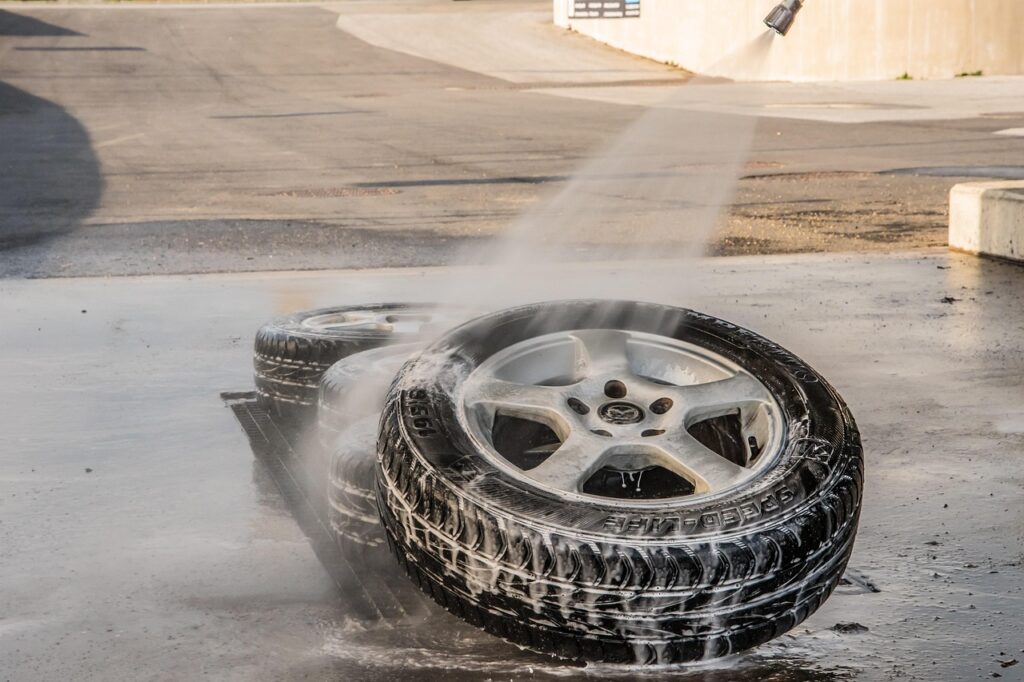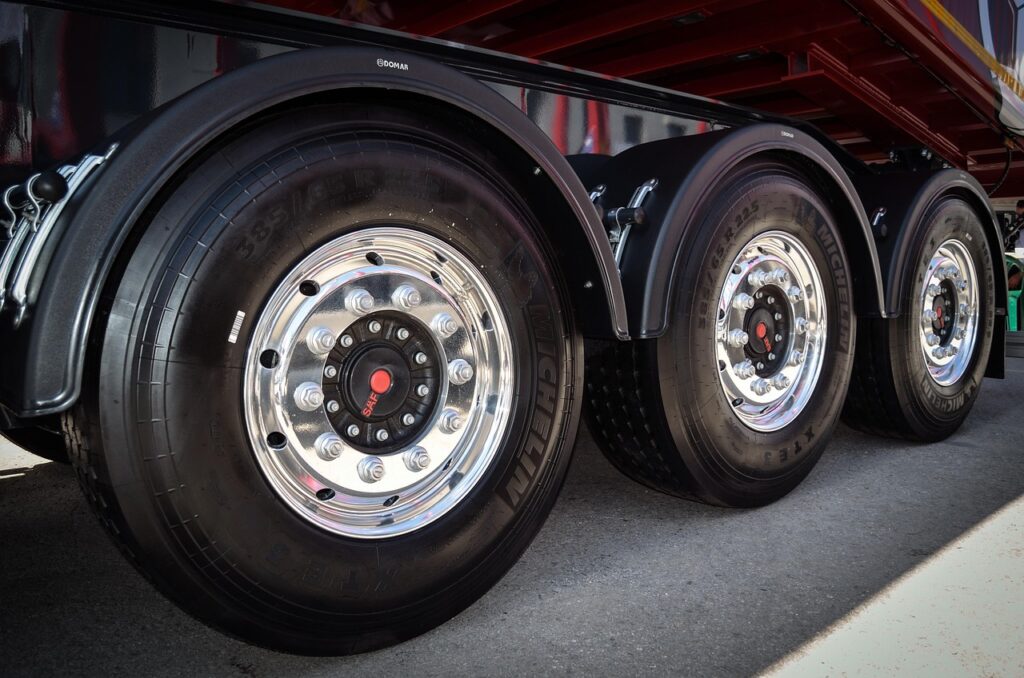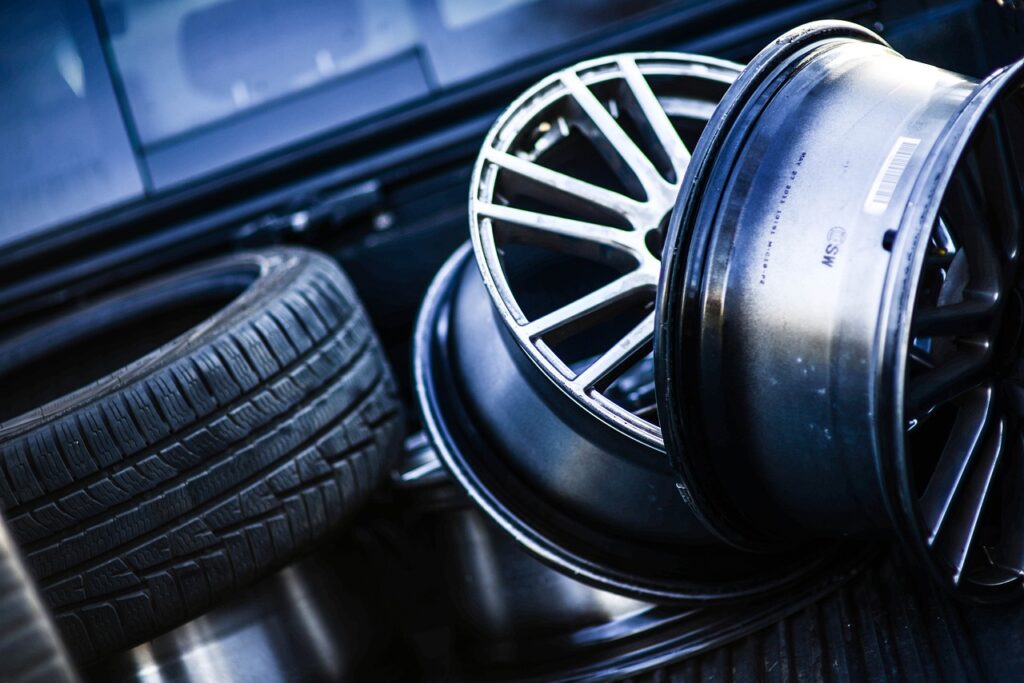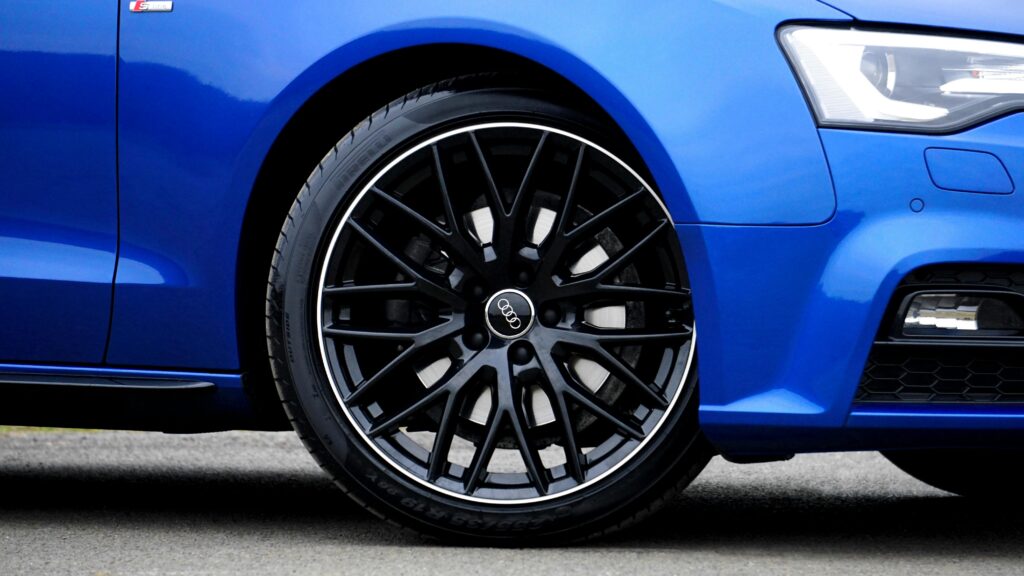Car tires are not just a part of your vehicle; they are fundamental to its safety, performance, and efficiency. Proper maintenance ensures longer tire life, reduces fuel consumption, and ensures smoother driving. This detailed guide will help you care for your tires effectively.

Photo: Collected
1. Maintain the Correct Tire Pressure
Tire pressure is critical for both safety and performance.
Follow the Manufacturer’s Guide: Check your car’s manual or the label on the driver’s door for recommended tire pressure levels.
Check When Cold: Always measure tire pressure when the tires are cold, as heat can cause inaccurate readings.
Risks: Under-inflated tires increase wear and fuel consumption, while over-inflated tires are prone to bursting.
2. Monitor Tire Temperature and Speed
Long trips can cause tires to overheat.
Effect of Heat: High temperatures weaken the rubber, reducing durability.
Control Speed: Driving at high speeds generates more heat, causing faster tire wear.
Advice: Allow your tires to cool before and after long trips.

Photo: Collected
3. Check Tire Tread Depth
The tread depth of your tires directly affects road grip.
Minimum Tread Depth: In Europe, the minimum tread depth is 1.6 mm. Driving with less is illegal and unsafe.
Tread Depth Gauge: Use a gauge to measure tread depth accurately.
Uneven Wear: If one side of the tire wears faster than the other, it could indicate alignment or balance issues.
4. Rotate Your Tires
The front and rear tires wear differently depending on the vehicle type.
Rotation Frequency: Rotate tires every 8,000–10,000 kilometers.
Method: Swap the front tires with the rear ones to ensure even wear.
5. Check Alignment and Balance
Incorrect alignment or imbalance can affect the car’s handling and tire lifespan.
When to Check: If your steering vibrates or the car pulls to one side, get the alignment checked.

Photo: Collected
6. Use Seasonal Tires
In Europe, seasonal weather necessitates appropriate tires.
Winter Tires: Designed for snow and cold, providing better grip and stability.
Summer Tires: Ideal for warm weather, ensuring optimal traction.
All-Season Tires: A convenient option for those who want a single set of tires year-round.
7. Avoid Overloading
Excessive weight puts undue stress on your tires.
Check Load Limits: Refer to the car manual for weight capacity.
Fuel Efficiency: Overloading increases both tire wear and fuel consumption.

Photo: Collected
8. Keep Tires Clean and Protected
Dust, chemicals, and oils can degrade the rubber.
Cleaning Tips:
Use mild soap and water to clean tires.
Scrub the tread with a stiff brush to remove dirt and debris.
Apply silicone-based polish to maintain the rubber’s elasticity.
9. Check the Age of Your Tires
Tires degrade over time, even if the tread looks good.
Check DOT Number: Find the DOT number on the sidewall to know the manufacturing date.
Replace When Necessary: Replace tires after six years, regardless of tread condition.
10. Adjust Your Driving Style
Smooth Braking and Acceleration: Abrupt braking or rapid acceleration wears out tires faster.
Reduce Speed: Driving at moderate speeds increases tire longevity and ensures safety.
Conclusion
Proper tire care is essential for the safety of you and your passengers. Regular inspections, correct maintenance, and professional assistance will help extend the life of your tires. This guide is designed to be useful for drivers in Europe, considering the unique road and weather conditions.



“Informative content like this is really helpful. Thank you so much, Auto Vibes Unlimited.”